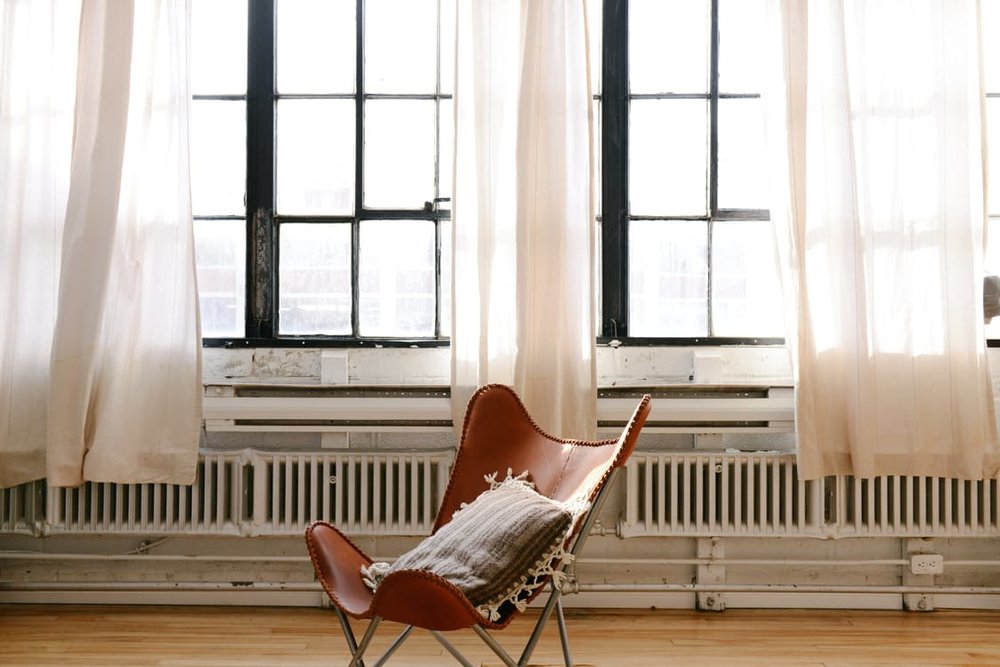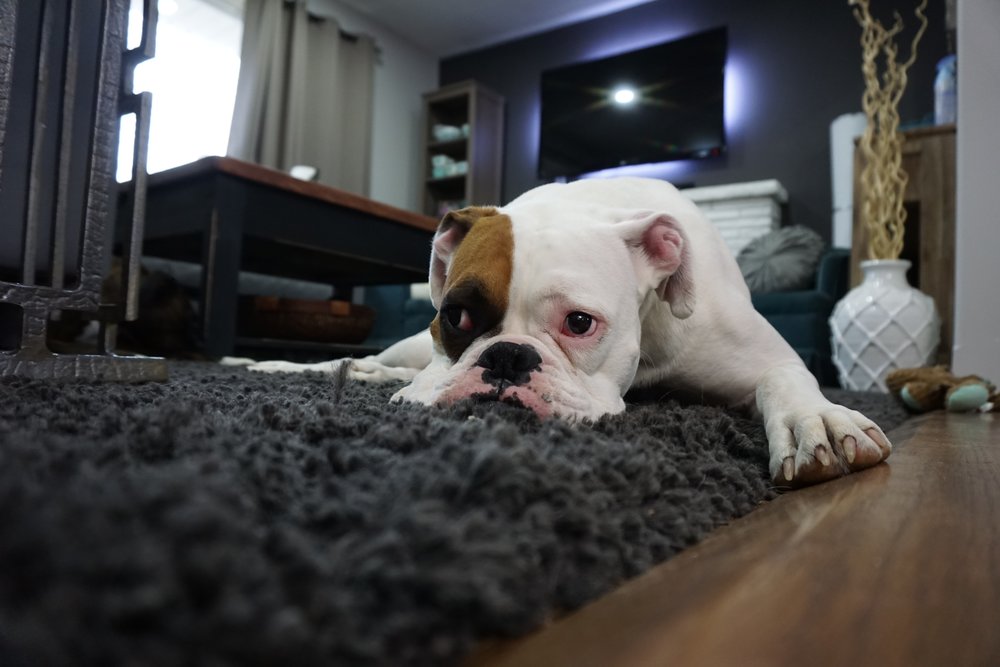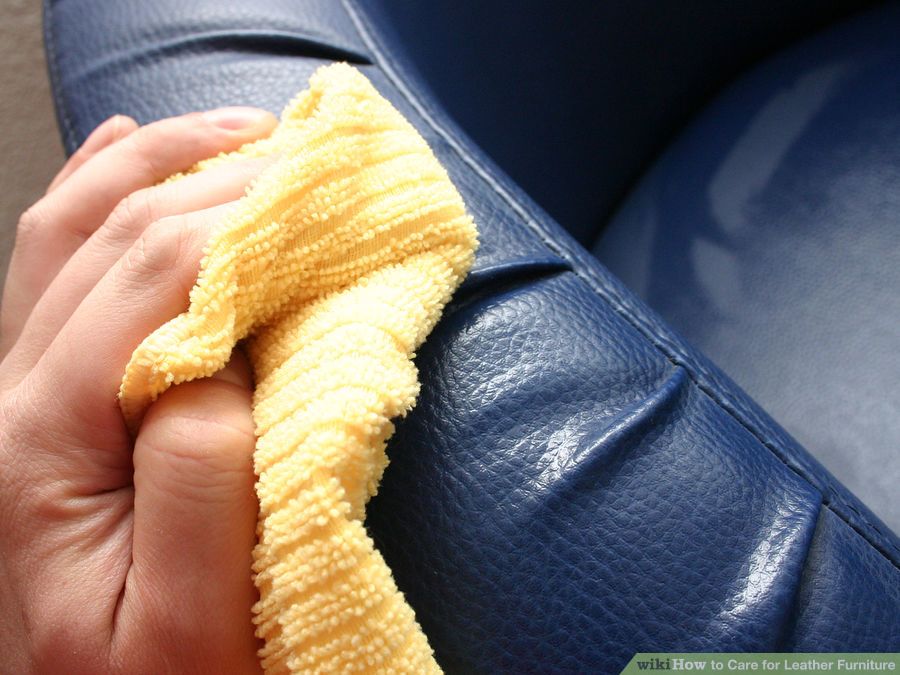Purchasing furniture can be frustrating as well as exciting for many people. If you’re like most of us, when the time comes to make decisions, you begin to have doubts about your choices. This is pretty common with leather furniture. We’ve gathered up the best leather care tips to help aid you in your leather furniture buying decisions. Have no fear! Make leather furniture purchases with complete confidence.

Leather Furniture Myths Debunked
Leather furniture gets easily damaged by children and pets. No. Your leather furniture is as safe as any other furniture in the house. For an added layer of “piece of mind”, you can choose a protected leather for your furniture, which has an extra finish applied to it to make it extra-resilient to potential hazards. There are some dogs that think the couch is their chew toy and some cats that assume it is their scratching post. That is a different issue altogether. The later issue can be resolved by making your own cat repellant spray.

Leather furniture is too cold or too hot. No. You’re basing your leather discrimination on your automobile’s leather seats in a midwestern environment. Outside is typically either “too cold” or “too hot”. Leather furniture indoors will remain pleasantly cool in the summer and warm to your body heat in the winter, with no harsh beginnings as your home usually comfortable inside. Our only tip may be to keep it out of the direct sun. The sun can both heat the leather up and make it uncomfortably hot as well as fade its character.
Leather furniture doesn’t last. Negative ghost rider. Leather furniture (if bought at a high quality) is something you purchase for a lifetime. Since leather is a natural product, the process of aging brings out its natural patina. To some, leather furniture may age like a fine wine, bringing out deeper layers of beauty over time. Generally speaking, leather furniture is a sound home investment.
Leather furniture is only for rich people. No. Though leather furniture may look luxurious in many cases, you don’t have to be a rock star to outfit your home with it. Even if buying at the top-end of leather furniture, you’ll find that it lasts much longer than fabric and be a much better value for your home.
Leather furniture is too hard to care for. No. It’s all in routine, just like your other household responsibilities. Leather is very easy to care for. You’ll want to use a conditioner every 6-12 months and wipe up spills as they are occurring with a clean cloth. Avoid using abrasive cleaning supplies like soaps, detergents, solvents, etc. These will only leave stains and dry up or damage your leather. Saddle soap? Only for catcher’s mitts.
This brings us to the next section.
Tips & Tricks to Care For Your Leather Furniture
Here are some tips and tricks for keeping your leather furniture beautiful and easily cared for, for many years to come. ** Some leather comes with very specific cleaning and maintenance. Always be sure to consult the manufacturer’s recommendations before following this guide.
- In normal living conditions or what the manufacturer may consider normal usage, all that should be necessary to keep your leather furniture in tip-top condition is a regular vacuuming in the crevices and a dry cloth dusting to remove direct and dust build up.
- Purchase a good leather conditioner (your furniture retailer can recommend one). Make good use of it every 6-12 months.
- Like any upholstery material, leather can fade if over-exposed to the sun. Protect your leather furniture from sun, as well as outdoor elements.

Methods of Cleaning Leather Furniture
Just like bleaching your hair using self-tanning spray… always try any cleaning method in a hidden area first. You would hate to turn your plush burgundy office furniture blonde in one vigorous cleaning extravaganza.
For minor spots and spills, wipe up any excess liquid immediately with a blotting sponge or clean absorbent cloth. If necessary, use a lightly moistened soft cloth with clean lukewarm water, and let it air dry naturally. If you’re using water, clean the entire area where the spot occurred.
- Do not use soap or soak the stain heavily with water. This may cause more damage than the stain itself.
- Do not use cleaning solvents, furniture polish, oils, varnish, abrasive cleaners, detergent soaps, or ammonia water.
- For butter, oil, or grease stains, wipe off excess with a clean dry cloth, and then leave alone as the spot should dissipate into the leather after a short period of time.
- If the stain persists, it is recommended that a professional leather specialist clean the leather to avoid any potential damage to the leather itself.
- For minor or slight scratches on the surface, use a chamois or clean fingers to gently buff the scratch. If needed, moisten lightly with distilled water to work scratches out.
- Remember that leather is a natural product and requires some care to maintain the natural beauty of the hide.
Interior Design & Leather Furniture
Many people can’t wrap their head around how to design their space with leather. They begin to feel like their home may be too “woodsy” or too sterile. Understandably, you’ve probably been to homes or cabins where this is exactly the case. Those are byproducts of home themes, not good spatial advice.

 Dining Table
Dining Table Coffee table
Coffee table Side Table
Side Table Console Table
Console Table Bar Table
Bar Table Tv Unit
Tv Unit Sideboard
Sideboard Almirah
Almirah Book Case
Book Case Cabinet
Cabinet Bar Cabinet
Bar Cabinet Chair
Chair Bar Chair
Bar Chair Stool
Stool Bench
Bench Bed
Bed Bed Headboard
Bed Headboard Bedside
Bedside Writing Desk
Writing Desk